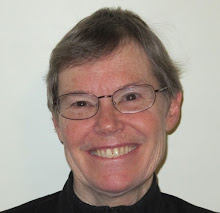 These bright yellow ginkgo leaves caught my attention yesterday near my home in western Massachusetts.
These bright yellow ginkgo leaves caught my attention yesterday near my home in western Massachusetts.I recently enjoyed an illustrated talk about the history of the ginkgo tree by renowned botanist Peter Crane, Dean of the School of Forestry and Environmental Studies, Yale University, and former director of The Royal Botanic Gardens, Kew, UK. He has written a book, Ginkgo: The Tree That Time Forgot. I attended his talk because I was curious to learn whether a story I'd heard in my childhood contained truth or not.
A large ginkgo tree grew near our home in Danvers. I liked its fan-shaped leaves, which were unlike those of any other tree. Its name was also unusual: "gink-go." I never had trouble remembering the distinctive name of this tree with such distinctive leaves.
My mother said we were lucky to have only one ginkgo tree. With multiple trees we might have to contend with stinky fruit. She said it was important not to have male and female ginkgo trees in the same neighborhood. Then there would be fruit. Huh? I couldn't quite believe her. That idea was just too strange. As far as I knew, trees were not male or female. (But I kept my thoughts to myself.)
Dr. Crane confirmed that there are male trees and female trees, and the ginkgo fruit has an unpleasant smell. My mother was right. Ginkgos are unique trees, unrelated to any other trees living today. They have a very long history, and many examples have been found in fossil records around the world.
Personally, ginkgo leaves are special to me for another reason. Beautiful yellow ginkgo leaves have been selected by my daughter in northern California as a backdrop for many photographs of her children, starting with this one of her first child at age one week:
I'll fly to California this week to join him for his 9th birthday. Perhaps we'll play together in the ginkgo leaves.


No comments:
Post a Comment